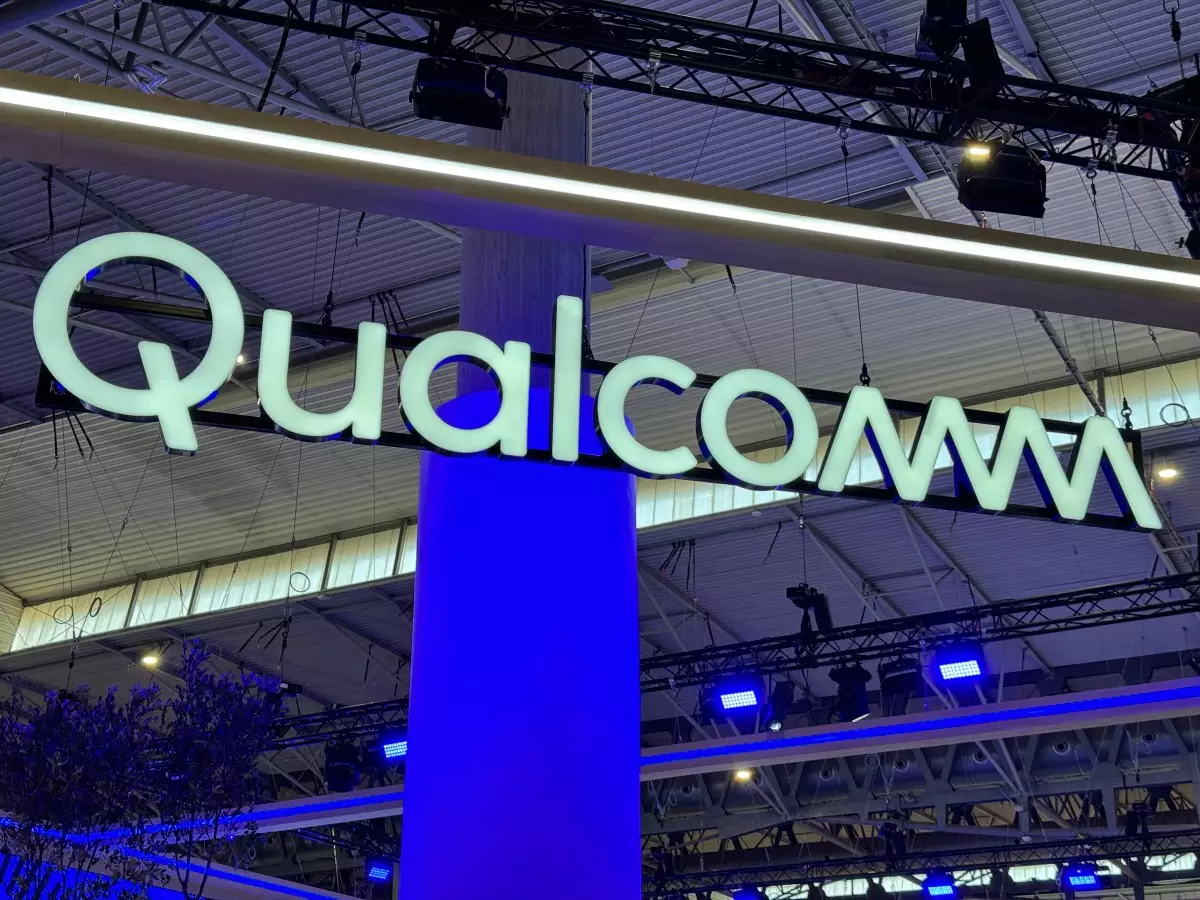In a significant move that signals its intent to dominate the burgeoning AI landscape, Qualcomm has acquired the generative AI division of VinAI, an innovative research company based in Vietnam. This acquisition not only reflects Qualcomm’s commitment to advancing its technological prowess but also highlights the rapidly evolving nature of artificial intelligence in contemporary markets. With this strategic decision, Qualcomm aims to enhance its research and development capabilities and solidify its position as a frontline player in AI solutions across various industries.
Unleashing Generative AI Talent
VinAI, founded in 2019 by former DeepMind research scientist Hung Bui, has focused on creating groundbreaking AI technologies, particularly in the realms of computer vision and language models. By integrating VinAI’s talented team into its fold, Qualcomm is poised to bring fresh perspectives and advanced competencies to its AI projects. Jilei Hou, Qualcomm Senior VP of Engineering, expressed the company’s enthusiasm about this acquisition, stating it reinforces their commitment to resource allocation for research and development that fuels the next generation of AI innovation. This fusion of expertise signifies a robust enhancement in Qualcomm’s ability to deliver cutting-edge solutions tailored for various market segments.
VinAI’s Vision and Potential
VinAI’s rapid ascent can be attributed to its focus on high-impact sectors like automotive technology, providing AI-powered products such as in-cabin monitoring and smart parking systems. Backed by the Vietnamese conglomerate VinGroup, the startup has formed a solid foundation that supports both practical applications and high-level AI research. Bui’s aspirations for VinAI indicate that its contributions will extend across Qualcomm’s diverse product lines, which include smartphones, PCs, and automotive chips. This aligns perfectly with current industry needs, where the integration of sophisticated AI tools can notably enhance user experiences and streamline operations.
Broader Implications for AI Development
This acquisition underlines a broader trend in the technology sector, where collaboration and consolidation are becoming essential strategies for growth and innovation. By merging their capabilities, Qualcomm and VinAI set a precedent for other firms looking to navigate the complexities of AI development. The potential synergy between Qualcomm’s established infrastructure and VinAI’s cutting-edge research can lead to groundbreaking applications, influencing various sectors from automotive to consumer electronics.
Qualcomm’s Vision for Edge AI
Qualcomm’s CEO Cristiano Amon has pinpointed edge AI as a critical growth area, emphasizing its potential to operate independently of traditional data center infrastructures. This vision aligns with current market trajectories that favor localized processing and reduced latency, making the acquisition of VinAI not just a strategic fit, but a timely one as well. The infusion of advanced generative AI capabilities can further bolster Qualcomm’s edge AI initiatives, transforming how devices interact and respond in real-time environments.
In essence, Qualcomm’s acquisition of VinAI is not just about acquiring technology—it’s about reshaping how industries leverage AI to innovate and enhance functionalities at every level. This strategic decision sets the stage for a transformative era in technology, marking Qualcomm as a formidable player with its eyes firmly set on the future of AI-driven solutions.

